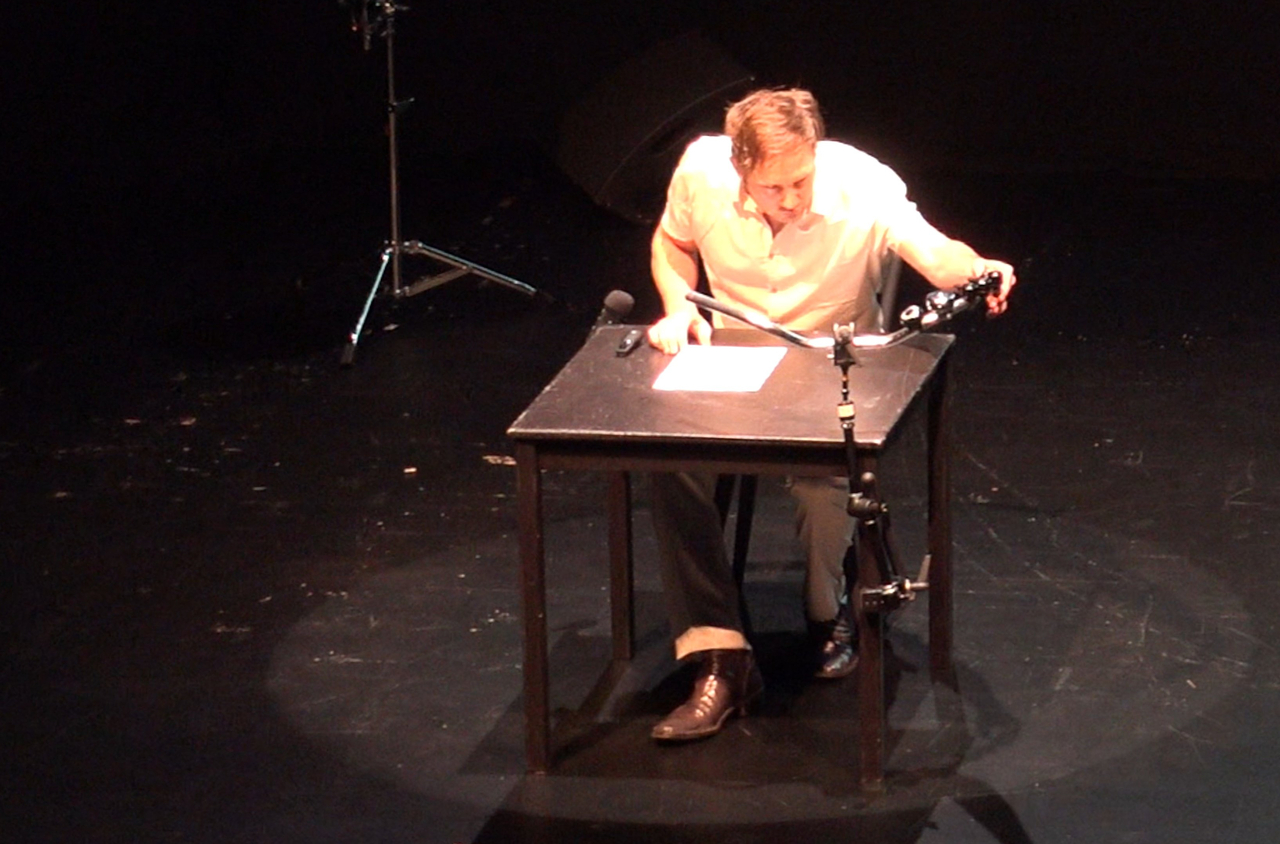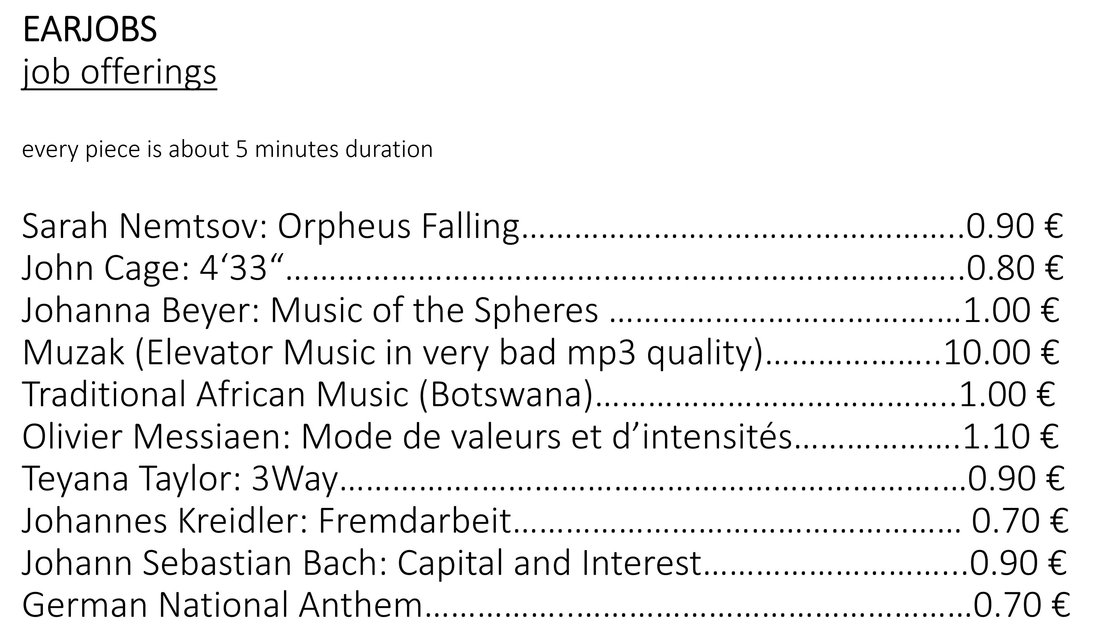We have always already heard music, our memory is already well filled with it, and any additional music has to find a place in it, in addition to all that already exists. Wouldn't it be better to delete something? In
Minusbolero that was exactly the compositional work. The idea was to erase all melodic elements from Ravel's Boléro, so that only the accompaniment can be heard. What remains is a kind of karaoke version of the well-known piece, with the melody no longer present, existing only as memory, as an inner melody.
The result contains something of minimal music, a kind of second piece of music, a
readymade, which was hidden under the known melody. But there is a political dimension, as I only realised in the rehearsals before the premiere: in Ravel’s piece, the first flute, first trombone, first violins, etc. play the melody, and the second flute, second trombone, second violins play the accompaniment. The hierarchical structure of the orchestra is reflected in the hierarchy of melody and accompaniment, and this is turned upside down when suddenly only the accompaniment sounds as a new melody. Which, of course, a certain part of the orchestra did not appreciate at all. In addition, there was in any case the discussion as to whether there was a “composition” at all, because I had not written a single note, and precisely did the opposite, removed notes alone. And although every note in the score comes from Ravel, my piece is something categorically different. Incidentally, I have been working on the piece as long as no other piece so far. For 5 years I have carried the idea around with me and wondered whether this is a veritable compositional concept at all; and I probably listened to the Bolero over 1000 times and tried to imagine how it would sound without a melody. Listening work.
Conceptualists are far from producing just ideas and sentences, it is preceded by a lot of work and many concepts require a lot of effort of realisation. For the piece
Product Placements, for which I composed a short, 33-second electronic piece containing 70,200 third-party samples, I printed out 70,200 forms for 6 weeks - because these were necessary to correctly register the piece with GEMA, the German institution for royalty administration. This was, of course, an action to show the backwardness of copyright practice in digital times.
A similar investigation like researching in metal music styles concerned the customer reviews of bicycle bells on Amazon. Some bicycle bells get more than 100 reviews in the comments column, in which their sound is described and discussed - "Music Discourse in a Nutshell" so to speak, based on a single tone. In the mass of comments, for example, there are various onomatopoeic descriptions for the sound of bells, such as "Ding", "Ting", "Ring", "Bing", "Ping", "Pling" - including the question of gender, as well as arguments about history, when the earlier "Ritch-Ritch" bell was, in the opinion of some reviewers, more effective (and more beautiful) than today's one-tone tinkle. From this commentary treasure it was easy to write an almost cabaret-like number:
The 'THING' in itself.
Composing then means not to compose with sounds, but on the level of their names. To talk about sound means to make music. Here, of course, the tables are turned: one thing is to collect existing sound names; but when I arrange them, pronounce them and bring them together with sound itself, creation is created.




